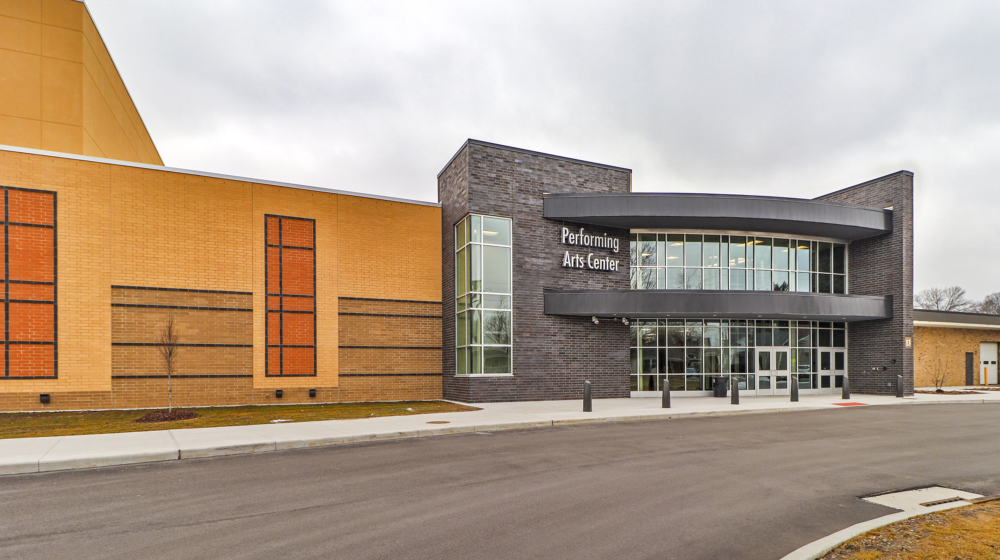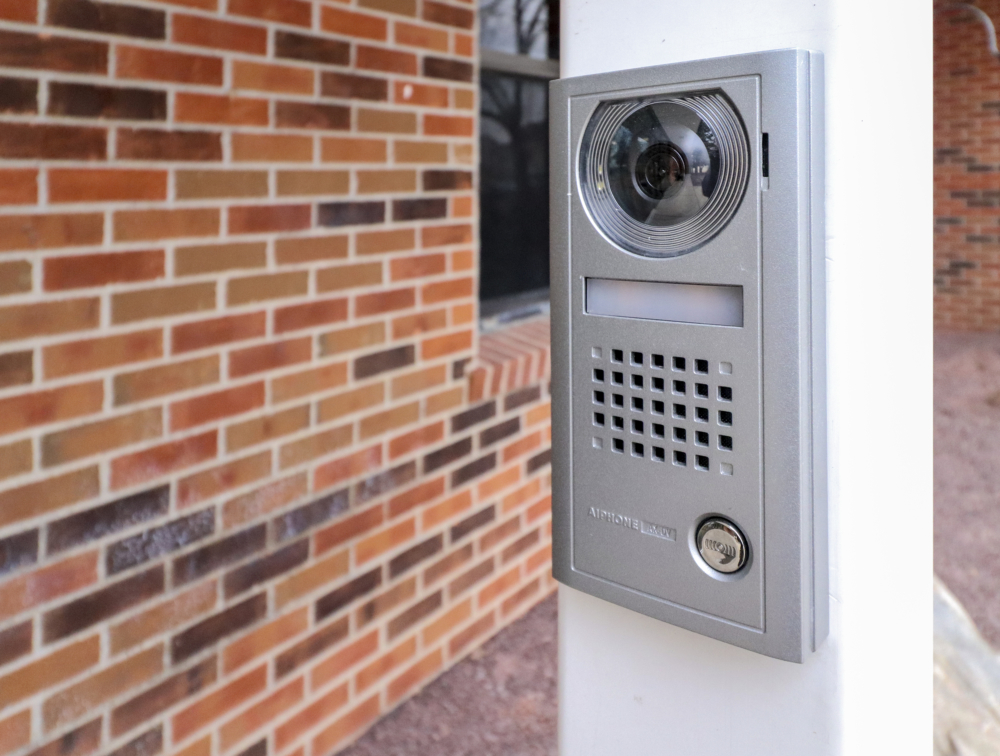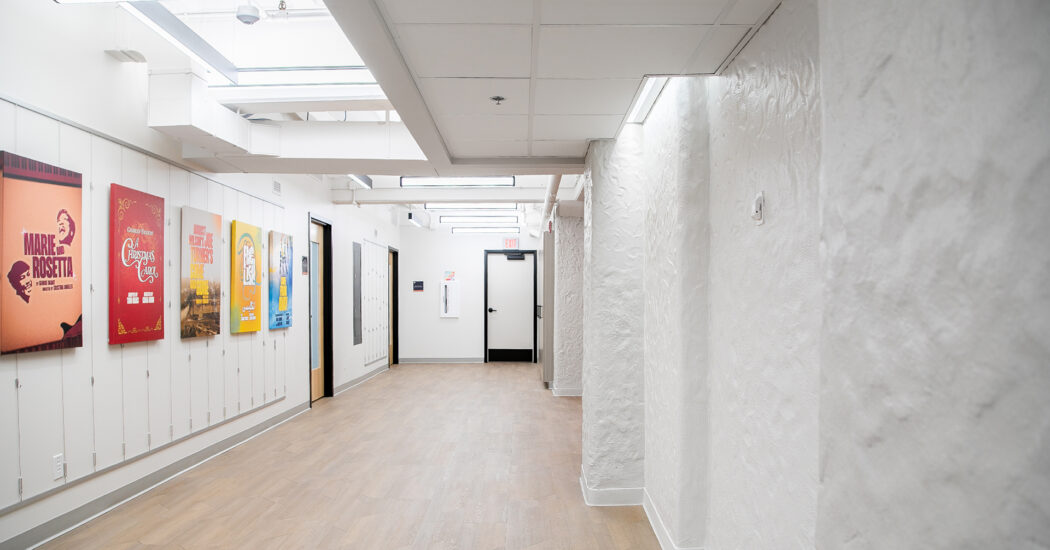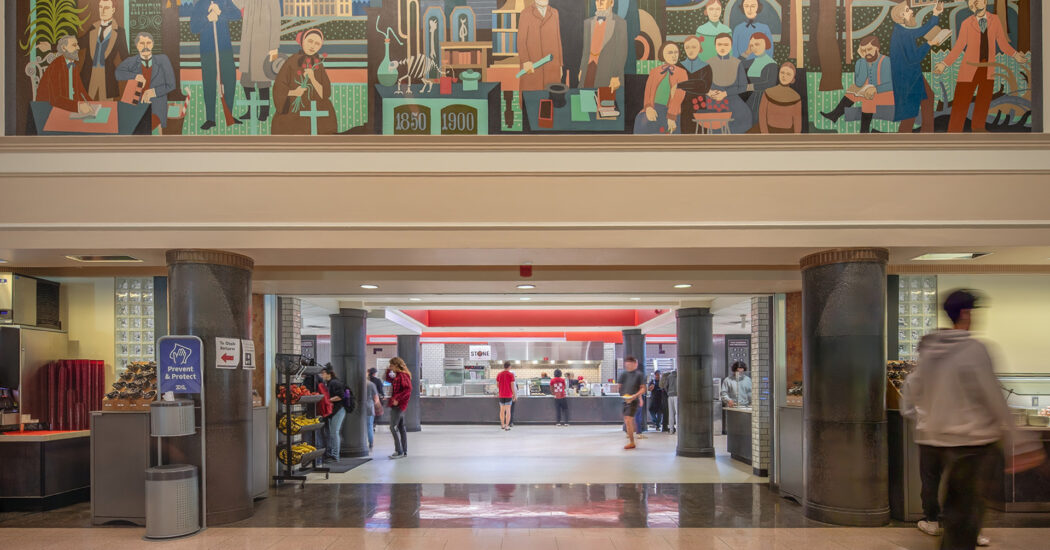4 Ways to Improve School Safety Through Site Design
-
Category
Studio-K12, Innovation -
Posted By
Schmidt Associates -
Posted On
Aug 18, 2020
School districts regularly tell us that student and staff safety are top priorities when taking on a new project. But safety and security don’t just mean cameras and metal detectors. As designers, we can implement strategies that help create a secure environment before you ever walk into the building.
Crime prevention and traffic control are critical to a safe school campus. Below are four of the site design strategies we use to ensure both.
1. Clear Site Organization
Creating a well-defined and appealing school exterior tells visitors that this is a protected, cared for space with a very specific purpose. To do this, we must organize the site in a way that is logical and user friendly. We do this by:
- Visually defining the main entry so it is recognizable as the intended entry for visitors
- Designing and placing signage so it clearly identifies the school’s name, the location of the front entry, and other specific destinations, such as athletic fields and performing arts center entries
- If there is a pre-determined flow of traffic, implementing clear directional signage to help visitors get to their destination on the school site
- Implementing other directional clues, such as using school colors to distinguish walking spaces from vehicular traffic areas, to make getting around safer for both students and visitors
- Likewise, if there are specific procedures or precautions that must be taken in specific areas, using signage to clearly communicate these directions
- Numbering exterior doors to help police, fire, and other authorities access the building in an emergency
- Selecting and maintaining non-obtrusive landscaping to ensure clear lines of sight—such as smaller well-spaced shrubs and trees or low ornamental grasses and perennials—and keeping entries and windows clear of landscaping to prevent decreased visibility
- Maintaining the building perimeter, such as repairing and updating doors and windows before they begin to look dilapidated to prevent visible weak spots from becoming targets

LaPorte High School – Performing Arts Center Entrance
2. Natural Surveillance through Lines of Sight
Making it clear that school grounds are well monitored, and all visitors are visible, can help prevent crime. We create this natural sense of surveillance by:
- Creating a clear line of sight from the road where visitors enter school grounds to the parking lot, and from the parking lot to the building’s visitor entrance
- Placing windows in the reception area so that staff monitoring the building entry can see who is approaching from the parking lot before they reach the door; if school administration and staff enter through doors separate from the main entrance, also creating the same clear sight paths from their parking lot to the door
- Using exterior lighting to eliminate potential hiding spots and increase overall visibility throughout the site
- Appropriately lighting paths throughout school grounds, such as to and from athletic fields, to help deter unwanted guests and make staff and students feel protected when using all facilities
3. Access Point Management
Maintaining control over who enters specific areas of the school grounds, and each building is critical to a safe and secure site. We can make this easier by:
- Physically separating school bus drop off/pick up routes, parent drop off/pick up routes, and student/staff parking areas to reduce traffic dangers
- Clearly marking entry drives and using directional signs that clearly lead traffic to their intended location
- Creating a welcoming but secure vestibule entrance into the building for visitors that leads directly to the main reception area for one-point check-in
- Including card readers on entrances to monitor when a door is being opened and by whom
- Limiting the number of access points for easier monitoring
- Using real-time security technology on premises that local police can access in the event of an emergency
- Placing security cameras in highly visible spots to help deter criminal activity

Battell Elementary School, School City of Mishawaka – Secure Entry Technology
4. Defined Boundaries
It is important to clearly define areas within school grounds that require permission to access. This not only helps keep unwanted guests out, but it also helps to keep students where they are supposed to be for easier monitoring by staff. We define boundaries by:
- Fencing in and separating playground areas from publicly accessible spaces
- Creating boundaries within playground areas to aid in supervision of different age groups
- Fencing around athletic fields to separate vehicular traffic from the players and spectators
- Using physical elements, such as bollards, to define the boundary between pedestrian paths and vehicular paths/parking areas
Each school has a unique site and a specific set of needs, requiring customized safety and security measures. The strategies above are not a comprehensive list, but they are helpful tactics for your overall safety and security strategy. It is also important to note there are no school safety measures that are 100-percent reliable—despite the best planning and precautions.
Please reach out if you are interested in learning about what is best for your school, have questions, or would like additional safety tips. Our K-12 team is ready to work for and with you!







